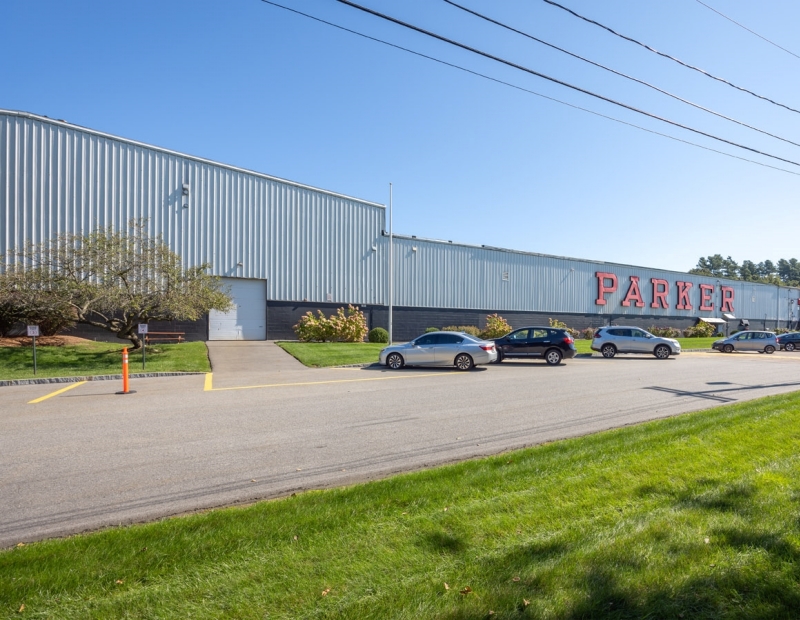

Tenant needs are constantly evolving, but older stock in infill locations remains a sought-after, cost-effective alternative.
A large Class B industrial building with a robust exterior, featuring multiple windows and a prominent entrance. Built in 1972, B&D Holdings’ 21 Parker Drive in Avon, Mass., is a fully occupied, 109,300-square-foot infill warehouse with a diverse tenant mix and ample outdoor storage. Image courtesy of JLL
These properties make up 53.5 percent of the total U.S. industrial inventory, equating to 10.7 billion square feet, according to CommercialEdge. Their appeal has only grown in recent years, particularly following the sharp decline in vacancy rates and surging rental costs post-2021.
“This pricing pressure pushed many users out of Class A availabilities, resulting in Class B properties achieving the lowest vacancy levels among all building classes,” said Tom Harmon, vice president of transactions at Bridge Industrial. “Vintage buildings play a pivotal role in the industrial real estate landscape, offering cost-effective options to occupiers while being situated in highly desirable locations near densely populated areas.”...
RSK: Not everyone can afford or use class A distribution/warehouse plus Class B has more locations better suited to infill and ease of access. This is why class B Warehouse is still the #1 asset and lowest vacancy rate in the sector.
Share this article on you social outlets
Our Sponsors
- - Volume: 25 - WEEK: 12 Date: 3/18/2025 1:53:16 PM -